
The month of April was also great in terms of sightings. The weather conditions were a bit unstable as it is usual for spring time in the Azores, so we had to cancel few tours. Nevertheless, when sea state conditions allowed to go out at sea we had the chance to observe a total of 12 species of cetaceans and one species of turtle, the loggerhead.
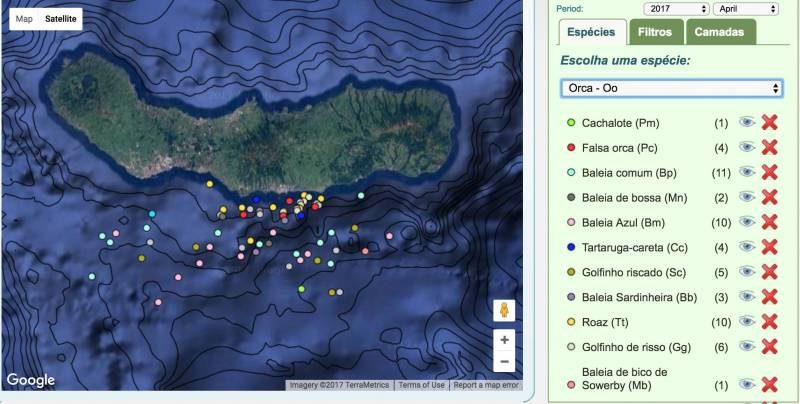
Resident species:
Risso’s dolphin
Sperm whale (sighted once)
Migratory species:
Undefined patterns:
Beaked whale (sighted once). Information of their residency patterns are not available for the Azores, although some species may stay year-round
Occasional visitors:
The pod of orcas observed on the last day of the month included three adult males recognizable for their tall and straight dorsal fins.
Did you know that male orcas have the tallest dorsal fin among cetaceans and that it can reach almost 2 meters in height? Females and juveniles have a smaller sickle-shaped dorsal fin.
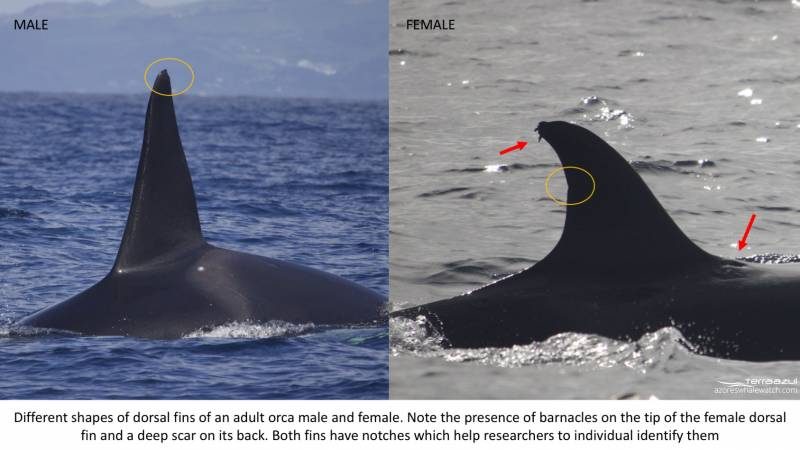
The dorsal fin is made of connective tissue, so there are no bones in it. It is used to enhance maneuverability and stabilize the body. It has also a thermo-regulation function.
The collapse of the dorsal fin on one side is rare in the wild, but frequent in captivity. This is due to the circling swimming patterns orcas are subject to, when kept in a confined tank. The pressure of the flowing water is not equally distributed to both sides of the fin. Also, dehydration due to a poorer diet may lead to a shrinking of the tissues and hence to a higher probability of dorsal fin bending.
There exist different ecotypes of orcas: some populations feed exclusively on fish, others on marine mammals and others are opportunistic, meaning they can adjust their diet depending on the resources that are most available.
orcas are definitely among the most charismatic cetaceans and their occasional occurrence in the Azores waters makes them even more fascinating.
Hopefully, we will be able to observe them soon again 🙂












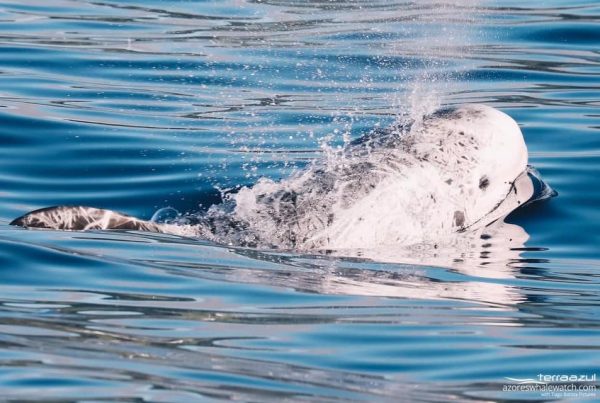
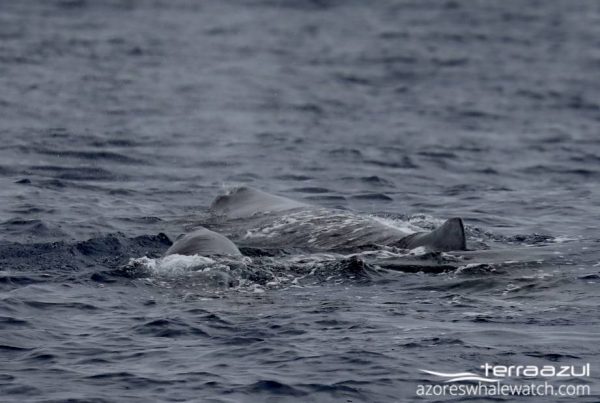
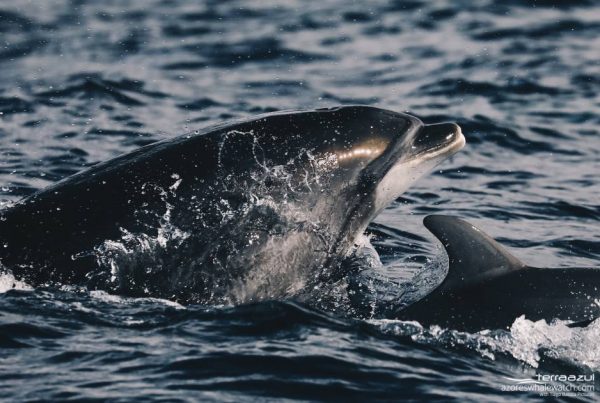



Your thoughts on this?